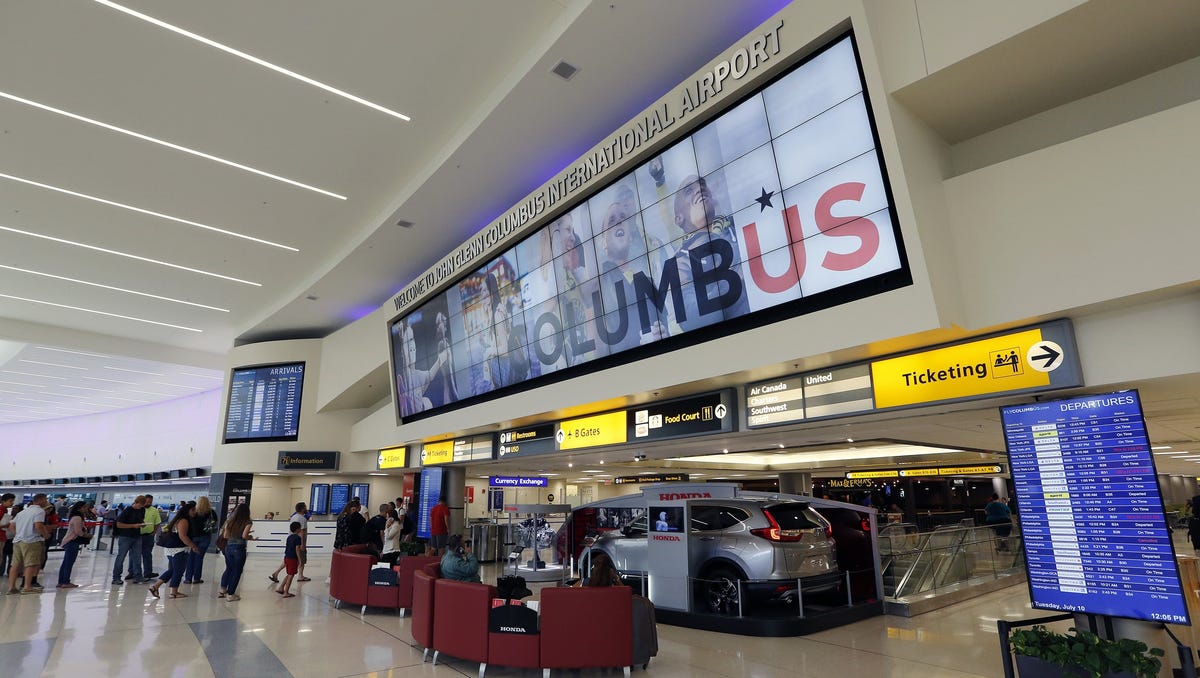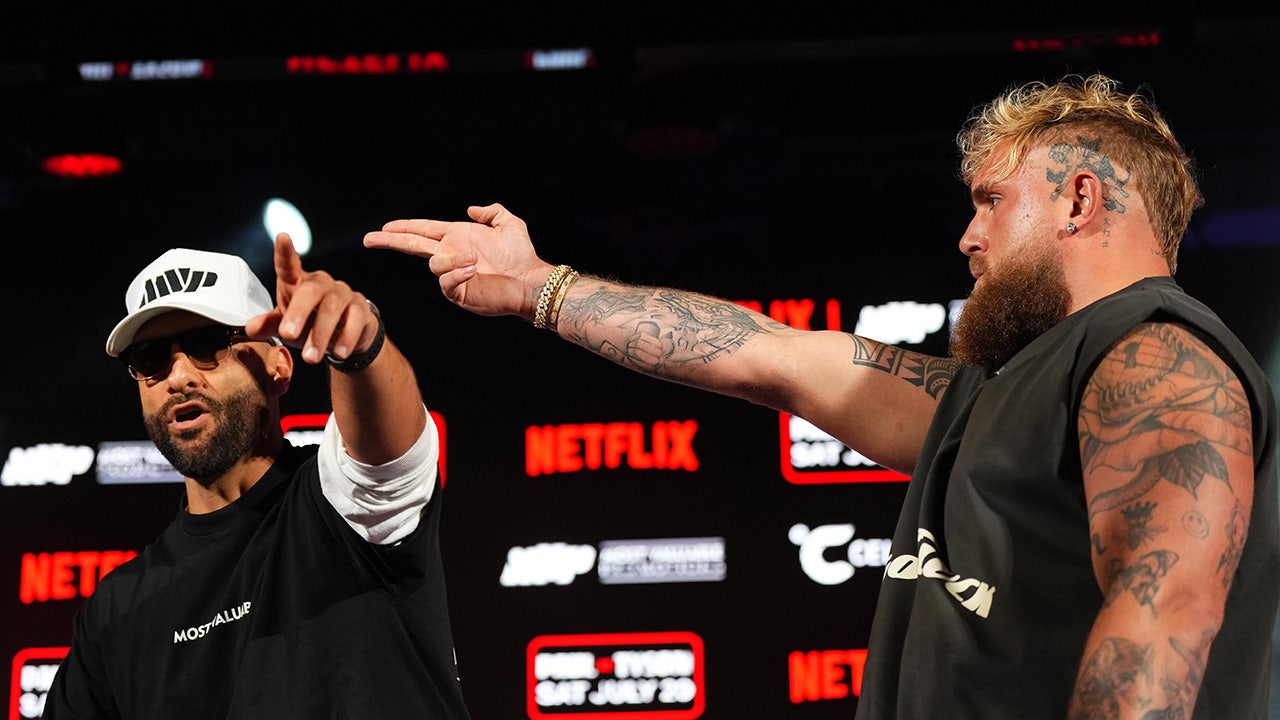Sports
Why Academy Sports + Outdoors is pushing forward with store openings amid a tough economic environment

It’s a tough time to be a sporting goods retailer, but Academy Sports + Outdoors continues to push forward.
The category has seen a slowdown over the last few quarters, and analysts say Academy has struggled more than others because it attracts more of a lower- or middle-income consumer. Companies in other retail sectors have faced a similar dynamic — Target, for example, has been hit hard by the pullback of discretionary spending. Stores like Home Depot and Lowe’s have also had challenges as people pulled back on home-improvement projects.
During its earnings report Tuesday, Academy lowered its net sales outlook for fiscal year 2024, now expecting $5.9 million to $6.1 million; it previously projected $6.1 million to $6.4 million. The tough economy, plus issues with a new warehouse management system and high storm activity across its footprint, challenged the retailer. The company saw net sales fall 2.2% year-over-year in the second quarter, and comparable sales fell 6.9%.
But that’s not stopping Academy from moving forward with expansion. The company plans to open 15 to 17 stores this year, which the company is funding with cash. It has $325 million in cash on hand. The Southeast-focused retailer, which currently has 285 stores in 19 states, just opened its first store in Ohio in May.
“Our long-range plans really are the plans, regardless of what the current environment is,” Academy Sports’ CMO Matt McCabe said in an interview with Modern Retail. “When business is great, we want to make sure we continue to grow our store fleet; when business is tough, we want to continue to grow our store fleet.”
McCabe named three things the company is doing to move its business forward: opening new stores, growing its e-commerce business and delivering more value with an expanded assortment in stores.
“We had a nice August and a strong Labor Day weekend; we believe that we’ve turned the corner in our business,” McCabe said. “What’s on my mind now is how I can keep this momentum alive through the rest of the quarter and then in the holiday and the rest of the year. So what I wake up every day doing is thinking about how I can keep this train rolling.”
Customers are gravitating toward value — through discounts or private-brand items — as well as new items from popular brands like Stanley cups, Brooks shoes or Blackstone grills, McCabe said. “If it’s new and it’s trending, customers still buy it. I don’t want to say ‘no matter the price,’ but they’re they’re buying it,” McCabe said.
The company is still focused on shining the spotlight on its lower-priced items. For its private-brand products, the company put up new “everyday value” signs to grab customers’ attention, he said. “We really saw those perform extremely well, especially in the apparel space where private brands outperformed national brands.”
Sporting goods and footwear retailers have seen varied levels of performance in recent quarters. Last week, Dick’s Sporting Goods reported a 7.8% increase in net sales to $3.47 billion, while Academy saw net sales decline 2.2% to $1.55 billion. Foot Locker’s parent company saw sales decrease 2.8% to $1.8 billion in the first quarter.
Seth Basham, managing director of equity research at Wedbush Securities, said Academy’s lower-income customer base and its brand selection — not offering shoes from popular brands On and Hoka, for example — are the challenge. “Ideally, they get some of those brands they don’t have,” he said.
Basham said that while there are some risks associated with new store openings, partly because they’re in new, untested markets, they could significantly boost Academy’s earnings if they perform as well as existing stores.
Christina Fernández, an analyst for Telsey Advisory Group, said Academy has been doing a good job at improving its merchandising, getting access to more on-trend products and at improving its e-commerce business, but it’s that pullback from middle-income consumers that has especially hurt its sales performance.
“To be honest, I think just the macro environment needs to be better,” she said. “If you look back when things were good, like 2020, 2021, they saw pretty good sales growth.”









